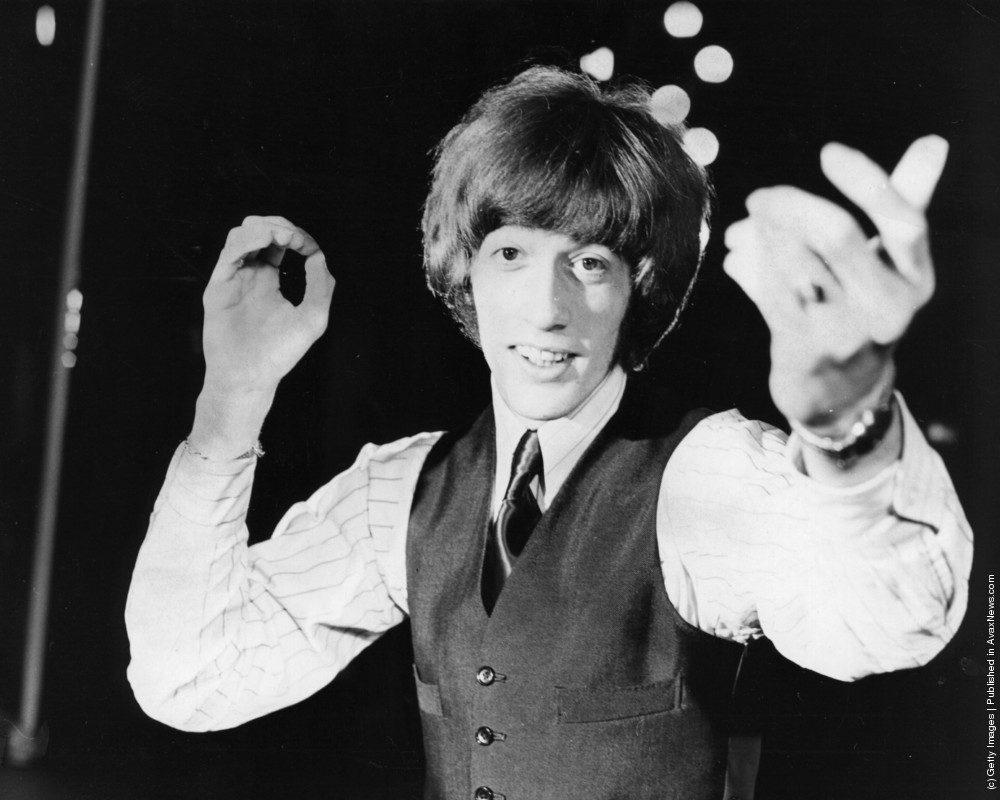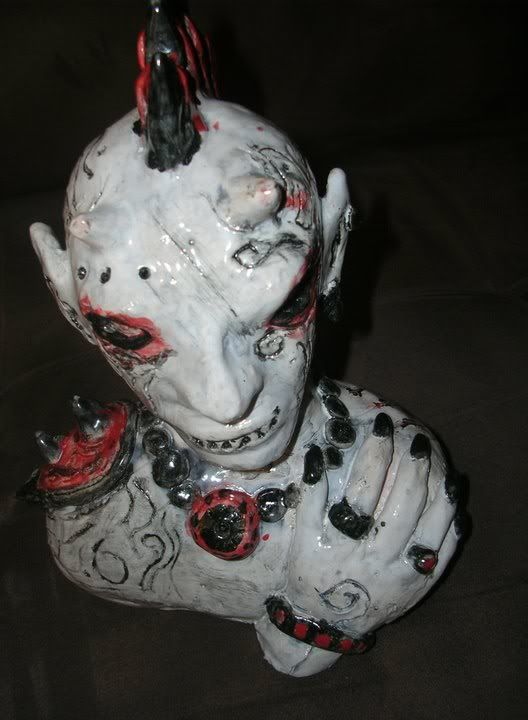I've been seriously collecting (hoarding?) stereo equipment since the middle 80's, when I started working at an excellent second-hand record store in St. Louis, Missouri. Along with used vinyl, cassettes, and CD's, the store dealt in used vintage stereo components to compliment their huge selection of prerecorded music and paper collectibles (books, sheet music, posters, autographs, etc.). At first I was mainly buying components piece by piece, sometimes completing existing systems, sometimes only finding selected deals to further my listening setup. Back then there was no such thing as owning multiple rigs, just an occasional speaker upgrade or a nice vintage piece as the centerpiece of a mediocre system. Prices were still very expensive, compared to now, and there wasn't nearly the selection at that time to make a good comparison with which to guide purchases. In today's internet-driven market, audio forums bring the information to the masses trying to assemble the dream system from ones' past. Back then it was catch as catch can in terms of acqiuiring new and better used stereo gear for many people, and I for one had different prorities at the time. As a gigging musician, I was instead concentrating on getting a world-class bass rig together, and American-made basses were plentiful and way cheaper than nowadays (That's another story for another day...).
I definitely made the rounds of all the used and second-hand stores in the area, as it was my favorite hobby to shop the tons of thrift stores, yard sales, classifieds (this was before the internet, mind you), as well as word-of-mouth referrals. Now, the cat's out of the bag, and ebay rules the roost as far as pricing goes, and there are some rules of thumb that need to be observed. Good stuff's heavy (gudstufsheavy is my audio friend Art's online handle) when it comes to vintage stereo gear, and BPC (acronym for "black plastic crap", flimsy, cheap stuff, generally speaking) sucks. Sometimes it's necessary to have BPC in a nice vintage rig, CD players and turntables are forgiveable in certain cases, but the most desireable equipment is heavy, silver-faced (a sure sign of 70's/80's gear), and manufactured by tried, tested and true brands that bring back an air of nostalgia just hearing the manufacturers' names mentioned (Pioneer, Sansui, Kenwood, Marantz, and so on). Some of these companies are still in business, precious few are still making quality stereo system components, and it has been learned (after many and varied street buys) that if a piece of gear that was desireable from that golden age breaks down, you don't simply throw it away. You send it to one of a plethora of qualified stereo surgeons (locally or nationwide) to operate on your sick patient. They come back stronger than ever, and are steeled for 30 more years of faithful service to entertain and enlighten. Junk is junk, regardless of age, and quality components from the 70's are made to repair rather than to dispose of.
My collecting travels found me making a lot of lateral moves, sound quality-wise, and had me revisiting those tried-tested-and true brands as I always have. But one purchase that truly changed my listening experience was when a friend came to me one day, mentioning that "I have a tube receiver, a Marantz that was my mother's for sale!" Naturally, my blood pressure went sky high after having heard this (hearing the mention of Marantz and tube in the same breath is definitely worth sitting up and paying attention!), and as it turned out, he didn't have a tube Marantz, he had a solid-state Sansui. Nevertheless, I was barely containing myself when he mentioned "I'm not sure it works, I don't have a set of speakers to test it with". I love hearing this, by the way. It serves to drive the asking price down, considerably speaking! I love getting deals on broken gear, especially since I have a couple of well-qualified techs on the payroll!
These receivers are, by the way, WELL worth throwing a couple hundred at to restore, regardless of how much you originally spend (within reason) to acquire the piece, because the difference in sound quality between a vintage two-channel receiver and trying to pull SQ out of a lousy 5.1 home theater receiver (HT) or its stereo equivalent is as huge as The Great Divide! I paid a mere $150 for the Sansui mentioned in the title, which, as it turns out, was one of the very most popular, best-sounding solid state pieces of its day. People go out of their way to collect these receivers nowadays, and, paired with a nice set of speakers, form the basis of a serious system with which to spin vinyl, CD's (through the AUX input) and radio (every receiver has a tuner built in, hence the difference between a receiver and an integrated amplifier). This Sansui has a state-of-the-art (for it's time) AM-FM tuner, and a simple single-wire antenna does wonders in activating the pulling power of this ultrasensitive receiver! It pays, aesthetically and practically speaking, to build a two-channel listening rig around components of this level of build quality. They look absolutely stunning sitting in clear view with their lit facade and silver- and wood-clad appearance, and the 8080 totally killed anything I've ever owned in terms of looks and performance before or since. I wouldn't sell it, I'd beach the whale (!) if I were upgrading any time soon.
The Decware Zen Triode Select tube integrated (reviewed a few days ago) is a more specialized tool, as the SET topology only really works (at 3 or 4 watts, both sides driven, total, down to a dead short according to manufacturer's specs) with super-sensitive speakers. Conversely, at 85 wpc (watts per channel) at 8 ohms per side (recommended speaker output load), the Sansui is a beast of considerable power, just coming up short of the designation of "monster receiver" power class (at a minimum of 100 wpc driven at 8 ohms a side). Its big brother, the 9090DB shared the positive traits of the 8080, but with another 20 watts per channel via a bigger power transformer. All other particular specs are identical between the siblings. 8080 has a vinyl coated MDF case, while the 9090 is housed in real wood covered with veneer (walnut in color, usually). The Dolby board component is the only point of contention with the unit, as it has 30 passthrough wires that need resoldering just to complete the circuit in the event of malfunction! All that concern for a obsolete feature...in the day there were FM Dolby broadcasts and Dolby-encoded media. As long as it was popular it was considered an upgrade, as was the inclusion of Sirius/XM on receivers upon the advent of satellite radio in the 90's, and as the option of HD (hybrid digital) radio is now.
When I got this beast back from my technician, I was gobsmacked at how lush and beautiful the 8080 sounded in comparison to my usual run of garden-variety pieces. Every speaker in my arsenal paired beautifully (the Decware will only synergize with my Klipsch speakers) with the Sansui, making it a very versatile amplifier, comparatively speaking. With loudness, bass, mid, and treble controls, as well as low and high filters, it has tone-shaping capabilities (not every audiophile eschews tone controls as some do), as well as a wide range of input choices (two phono inputs, two tape in/outs, and one AUX in). Headphone jack conveniently located on the front gives me a way to integrate my subwoofer into the rig, with volume and tone controls intact. You can set up as many as three sets of speakers to the outputs of higher-end Sansuis, this model included, but only playing two at a time is recommended, however. The preamp section can be decoupled from the power amp section via a pair of jumpers, thus making the 8080DB useable as a versatile separate preamp or power amp.

In conclusion, I give the Sansui 8080DB (manufactured in 1973, above-pictured complete with hanging tag describing the built-in Dolby feature) a total of 5 stars, for its versatility, sheer power, and sound quality above and beyond the run-of-the-mill products that were out at the time. Build quality is extremely stout on the 8080! In the final analysis I would probably choose a McIntosh or a high-end Marantz over the Sansui, but that's a different discussion for another day, involving many hundreds of dollars added to the price in the case of the Mc! I have yet to acquire my first Mc piece and may never afford the luxury of the experience!
Tomorrow I'll unearth another vintage gem from the archives, and/or a noteworthy piece of music or playback format to review. Until then, keep your tubes hot and your antenna up! See you then!




























